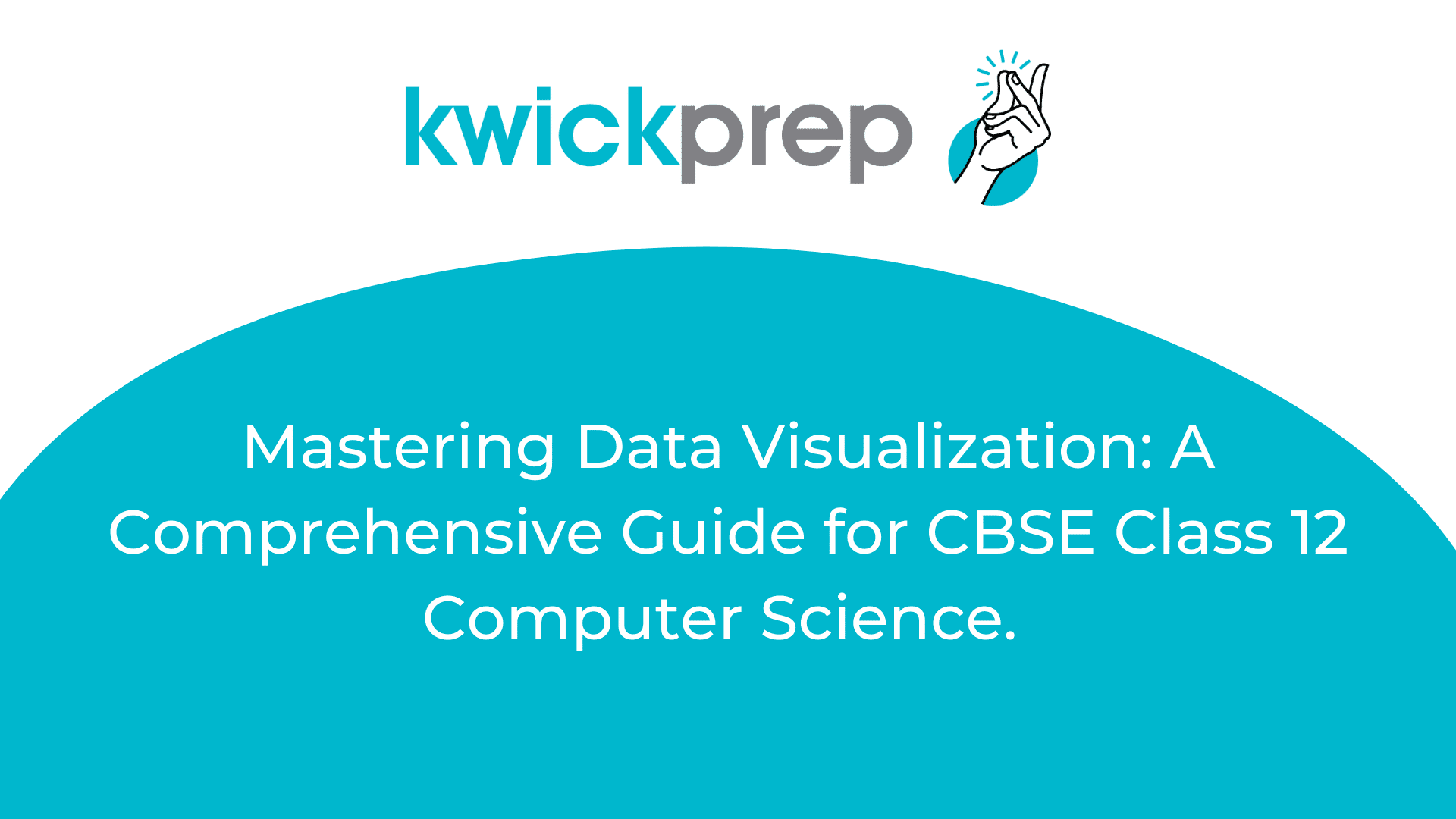Python programming has gained immense popularity due to its simplicity, versatility, and widespread use across various domains. For students studying computer science in CBSE Class 12, a sound understanding of Python statements is crucial for achieving success in their exams. In this blog, we will delve into the world of Python statements, breaking them down into digestible pieces and providing valuable insights to enhance your knowledge and programming skills.
What are Python Statements?
In simple terms, a statement in Python is a line of code that performs a specific action. It is the basic building block of any Python program. Python provides a wide range of statements, each designed to accomplish a specific task. As a student, it’s important to familiarize yourself with these statements and understand their syntax and usage.
Types of Python Statements
Python offers several types of statements, each serving a distinct purpose. Here are some essential statement types you should be familiar with:
1. Assignment Statements: These statements are used to assign values to variables. For example:
x = 5 name = "John"
2. Conditional Statements: These statements allow you to make decisions based on certain conditions. The most common conditional statement is the “if” statement. For example:
if x > 10: print("x is greater than 10") else: print("x is less than or equal to 10")
3. Looping Statements: Looping statements enable repetitive execution of a block of code. The “for” and “while” loops are widely used in Python. For example:
for i in range(5): print(i) while x < 10: print(x) x += 1
4. Input and Output Statements: These statements facilitate interaction with the user. The “input” statement allows users to input values, while the “print” statement displays output. For example:
name = input("Enter your name: ") print("Hello, " + name + "!")
Tips for Understanding Python Statements
1. Practice, Practice, Practice: The key to mastering Python statements is consistent practice. Write small programs, experiment with different statements, and analyze the output to solidify your understanding.
2. Read Documentation: Python’s official documentation provides in-depth explanations and examples of various statements. Make it a habit to refer to the documentation whenever you encounter a new statement or concept.
3. Break It Down: If you come across complex statements, break them down into smaller parts and analyze each component individually. This approach will help you comprehend the statement’s functionality better.
4. Debugging and Testing: Debugging is an essential skill for any programmer. Use Python’s debugging tools and techniques to identify and fix errors in your code. Additionally, perform thorough testing to verify the correctness of your statements.
Conclusion
Understanding Python statements is vital for success in the CBSE Class 12 Computer Science exam and building a strong foundation in programming. By familiarizing yourself with different types of statements, practicing regularly, and utilizing available resources such as documentation and debugging tools, you can enhance your programming skills and confidently tackle Python-related questions in your exam. Remember, programming is both an art and a science, and with dedication and perseverance, you can become a proficient Python programmer.






